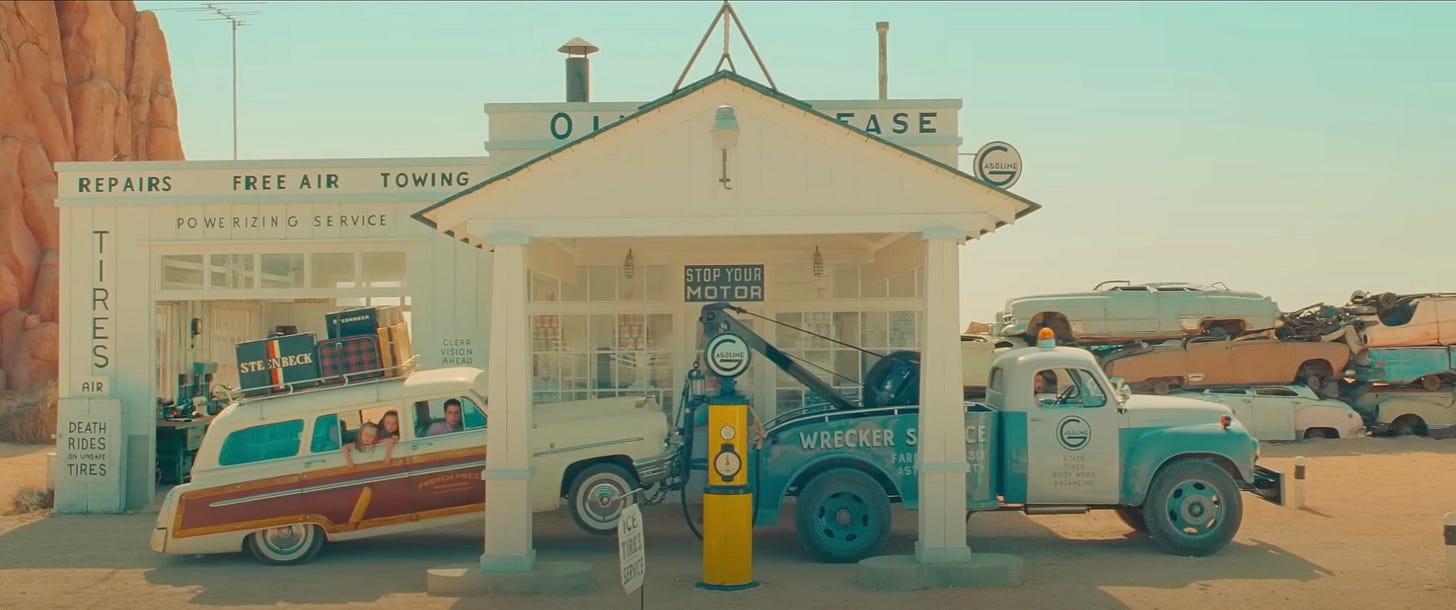I’ll begin with a personal update: Yesterday morning, I emerged victorious from my first ordeal in surgery.
I’ve walked alongside Anne through her own far more dramatic and dangerous surgeries, so I recognize the labyrinth, the scenery, the waiting rooms, and the sci-fi world behind the scenes. And I’ve been the subject of MRIs, EKGs, and all kinds of tests. But this was my first time “under the knife.”
In fact, this weekend’s adventure is the culmination of two years of doctor’s visits to find and address the cause of an “event” that had all the immediate signs of a stroke, according to the first consultation. It wasn’t a stroke.
They thought it might be M.S. It wasn’t M.S.
I went to eye doctors, who told me my eyes look perfect. And, I had to admit, the scans of what my eyeballs look like on the inside were like images from the creation scene in The Tree of Life. I was amazed.
I went to two different chiropractors, who did some work, ordered X-rays, discovered alarming things, but didn’t solve anything.
An outstanding physical therapist spent the better part of a year chasing the theory that I was suffering was an affliction caused by scar tissue from a 30-year-old jaw injury — and that treatment had some surprisingly strong results that alleviated some symptoms. And I learned some wild tricks — like, if I crook my right arm a certain way, the skin beneath my left eye will start swelling up.
But no, it didn’t solve enough. I came to believe more than ever that — to reference a line from the film I’m about to review — everything is connected, but it isn’t necessarily working.
Finally, my physical therapist — now a good friend, and a doctor writing about my strange condition — referred me to an ENT: Dr. Sunil Ummat at UW Medicine.
And within five minutes, Dr. Ummat discovered the true source of my troubles: a combination deviated septum and bone spur — a jag in my sinuses that was provoking a cranial nerve cluster, and that was probably the cause, 20 years ago, of the onset of my migraines and my extreme eye pain during air travel. Wow. Just like that! Answers!
And, as I began to share my story, I found friends close by who had been operated on by Dr. Ummat and greatly improved by his attention! My confidence and hope grew exponentially with each new testimony.
And yesterday, in an hour of surgery, Dr. Ummat and his team did excellent work. I am at home recovering, a feeling that I was hit in the face by a sixteen-wheeler, and with a little help (okay, a lot) from steroids, antibiotics, pain medication, and Häagen-Dazs coffee ice cream.
I feel like I’ve been the subject of a play full of existential questions, crowded with idiosyncratic characters, each in their own unique uniforms, each in their own distinctive room full of props, full of questions in particular vocabularies that reflect their particular passions.
But what does this play really mean?
I’m not sure.
But here I am, able to do not much more than suffer and write!
And the timing is good. In order to prepare properly for surgery, I rounded up a bunch of friends and went out to see Wes Anderson’s latest — Asteroid City — the night before the operation.
And guess what! It’s about idiosyncratic characters, each in their own unique uniforms, each equipped with their own distinctive props, full of existential questions about the meaning of life.
What does their play really mean? Even at the end, we’re not sure. But we’ve sure had a grand time asking.
My first encounter with Asteroid City was a rare and memorable night at the movies because so many of my friends were there with Anne and me. Two former students who are now dear friends, one current friend-for-life student who is already one of my favorite cinephile conversationists, and two guys who have become like brothers to me brought their families along.
But it was also a difficult night at the movies: The worst case of out-of-focus projection I’ve ever experienced, I was in the middle of the back row where it was going to be a real pain to get up, leave the theater, and request technical assistance… especially since it was crowded and nobody else seemed to care enough to make any move.

Having said that: Asteroid City is, for me, at this point, Anderson’s most formally challenging, most aggressively philosophical, and most abrasive film.
The French Dispatch represented a giant leap forward in formal audacity and narrative complexity, as it was an anthology film that asked us to keep shifting contexts, casts of characters, modes of filmmaking, and expectations. This new film builds on that multi-layered concept, but turns it sideways.
Asteroid City isn’t an anthology film exactly, but it is a film-within-a-film. Or, rather, it’s a black-and-white televised biography of a famous playwright, Conrad Earp (Edward Norton) who is at work rehearsing a new play. We are treated to intimate conversations and auditions in his office, to glimpses of backstage arguments about the play, to rehearsals, and then — the main event for us — to the play itself (a film so brashly and cartoonishly colored it looks like a Wile E. Coyote and Road Runner cartoon, complete with a stop-animated Road Runner!) And within that play we get all the pageantry of a junior science exhibition, taking place in an Arizona park, in the company of young students, scientists, guitar-wielding cowboys, and soldiers.

Got that? No? Neither do I — not yet — and I’ve seen the movie!
At least The French Dispatch gave us a few contained stories. This jumps back and forth from one format to another — from the TV show in progress (narrated Rod Sterling-style by the reliable Bryan Cranston, who can’t seem to figure out how much access he actually has to the onscreen events) to the film that we’re watching of the play that they’re producing. I hope, for your sake, that you aren’t as challenged by all of this as I was, as I kept getting kicked out of full absorption in the film by the crappy projection. Anyway.

The play is about Augie Steenbeck (Jason Schwartzman), a recently widowed war photographer who, driving across Arizona with his science-wiz son Woodrow (Eighth Grade’s Jake Ryan, a perfect young recruit for Anderson) and his three identical triplets (Ella, Gracie, and Willan Faris), suffers a breakdown (automobile and otherwise) on their way to Asteroid City for a junior science exhibition that Woodrow is competing in.
So, after a memorable consultation with a mechanic of dubious expertise (Matt Dillon), they call upon Grandpa from Miami — Stanley Zak (Tom Hanks, who seems to be standing in for Bill Murray), a man equally devastated by the death of his daughter, but not a fan his photographer son-in-law—to come and take them the rest of the way.
I mean, that’s enough of a situation for a whole movie right there, right? But wait, there’s more. So much more.
Keep reading with a 7-day free trial
Subscribe to Give Me Some Light to keep reading this post and get 7 days of free access to the full post archives.





